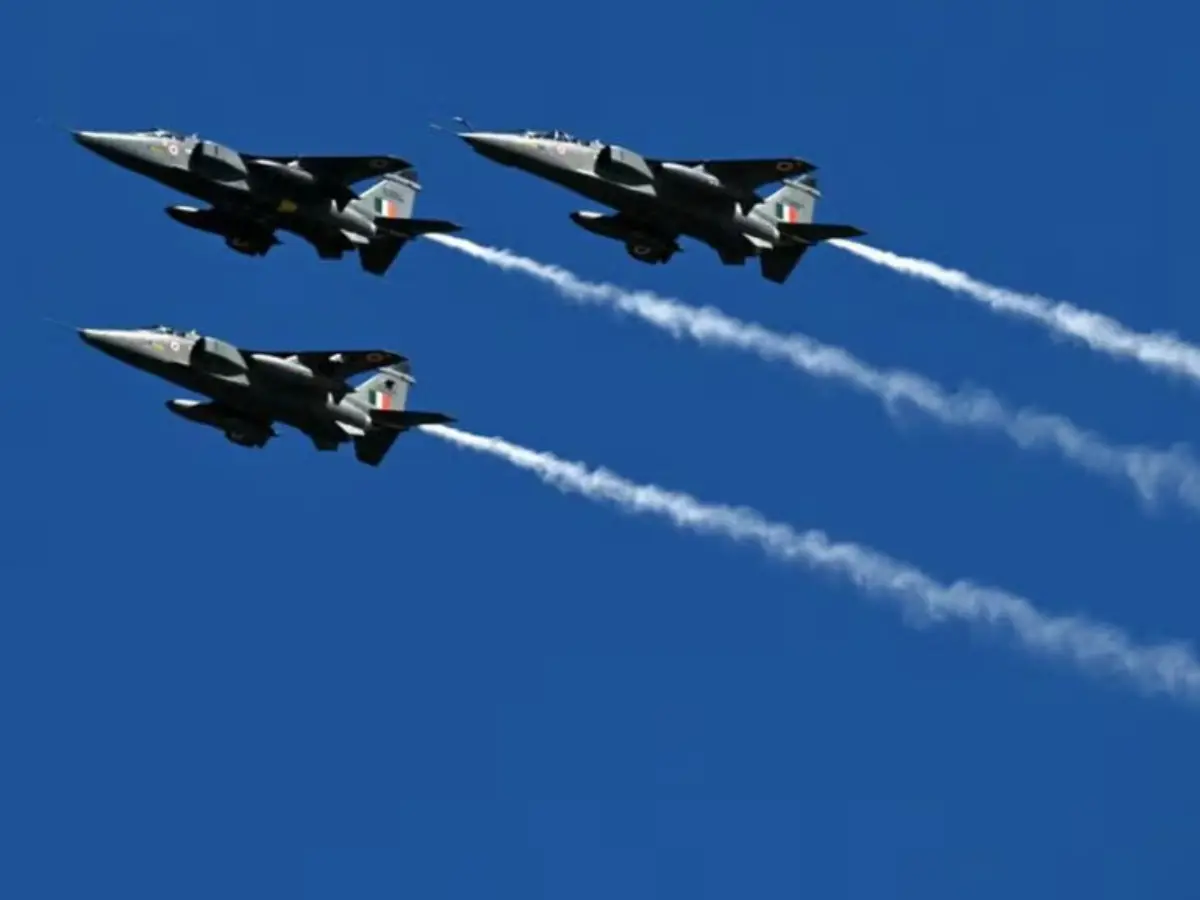Indian Air Force SEPECAT Jaguar Crash: A Tragic Reminder of Aviation Safety and Modernization Needs

Tragedy Strikes: Indian Air Force SEPECAT Jaguar IB Crash in Rajasthan
Deadly Mishap During Training Exercise in Churu District
A significant aviation catastrophe unfolded today in the Churu district of Rajasthan as an Indian Air Force SEPECAT Jaguar IB trainer and combat jet went down during a scheduled training exercise. The jet, a twin-seater known for its strike and training capabilities, was conducting a routine sortie when it crashed near Bhanoda village at approximately 1:25 PM. The Air Force has formally confirmed the loss of both pilots on board, marking a profound tragedy for the military aviation community. Two civilians on the ground sustained injuries, but fortunately, there was no reported damage to civilian properties in the area.
The immediate aftermath saw a swift response from rescue teams, including support from helicopters, which arrived at the crash site to secure the area and launch emergency measures. The region witnessed a massive blaze upon impact, underlining the catastrophic nature of the incident. According to initial official statements, one pilot made a critical decision in the final moments, attempting to steer the stricken aircraft away from populated zones—a move that likely spared the community from wider devastation. The Air Force expressed deep condolences for the loss of its personnel and underscored its solidarity with the grieving families while reiterating its commitment to safety protocols.
Context: The SEPECAT Jaguar's Role and Recent Incidents
The SEPECAT Jaguar, a twin-engine, ground-attack aircraft, has been a cornerstone of India’s tactical strike and training fleet since its induction in the 1970s. Designed for precision attacks and nuclear delivery, the Jaguar remains a vital asset, even as concerns mount about its ageing airframe and systems. India’s Air Force currently operates around 120 Jaguars, many of which are now several decades old. The fleet has undergone periodic upgrades to extend operational viability, but recurring incidents have prompted renewed scrutiny. Today’s disaster marks the third such mishap involving a Jaguar aircraft within just four months—preceded by crashes in Haryana and Gujarat earlier in the year. Each incident, including this latest tragedy, raises pressing questions about maintenance standards, upgrade schedules, and the broader modernization trajectory of the nation’s air combat forces.
Historically, the Jaguar has served Indian defense objectives with distinction, performing both peacetime and wartime missions with reliability and power. The training variant, like the one lost in today’s crash, carries dual controls and seating for an instructor and trainee, making it integral to pilot development programs. With routine exercises essential for maintaining readiness, such flights are rigorously scheduled and monitored. Nevertheless, the repeated loss of aircraft and lives has triggered high-level investigations and comprehensive safety reviews. The Air Force has responded by ordering a Court of Inquiry to systematically determine the cause of today’s accident, vowing full transparency and corrective action based on findings.
Broader Implications for Safety and Modernization
The recurring nature of these accidents has brought the conversation about fleet renewal and operational safety to the forefront. As India pursues its modernization roadmap, the reliance on older platforms like the Jaguar exposes inherent risks and compels military planners to balance immediate operational needs with long-term strategic investments in next-generation fighters. While the Air Force emphasizes ongoing upgrades to avionics, engines, and weapon systems, today’s catastrophe is a stark reminder of the enduring challenges of maintaining legacy aircraft in a high-stakes environment.
In addition to technical evaluations, the Air Force remains focused on safeguarding pilot welfare and public safety during every operation. The decision-making and valor of the crew involved in today’s tragedy reflect the highest standards of professionalism and duty. Meanwhile, the local community’s resilience and the effective coordination of emergency services helped contain the fallout from this tragic event. As details emerge from the official inquiry, stakeholders across the defense sector and the general public await a clearer understanding of the factors behind the crash and the steps necessary to prevent future occurrences.
Conclusion: Reflecting on Loss, Resilience, and the Path Ahead
Today’s event in Rajasthan stands as a sobering chapter in India’s military aviation history. The loss of two skilled Air Force pilots and injuries sustained by civilians have left a mark on the armed forces and the nation. The incident underscores the persistent risks faced by those who serve and train to defend the country and highlights the complex interplay of technology, human decision-making, and safety in modern air operations.
As the official investigation progresses, the focus will remain on uncovering the causes of the crash, enhancing operational protocols, and accelerating efforts to modernize India’s fighter fleet. The memory of the airmen lost today and the lessons garnered from this tragedy will shape both immediate policy adjustments and longer-term strategic planning within the Air Force and the broader defense establishment.
